Imagine this: the midday sun warms the stone walls of a Roman villa, casting golden shadows across the courtyard. A servant walks by with a tray of olives, spiced cheese, and rustic bread. The scent of honeyed dates wafts in from the kitchen. This isn’t a scene from a movie—this was real life in Ancient Rome. And the best part? You can bring that history into your own kitchen today.
Recreating ancient Roman lunch recipes isn’t just a novelty. It’s a way to experience culture through taste, to connect with a world long gone—but not forgotten. You don’t need to be a history buff or a gourmet chef. With a few accessible ingredients and easy-to-follow steps, you can enjoy the same meals that once fed emperors and everyday citizens alike. Ready to cook like a Roman?
Table of Contents
What Did Ancient Romans Eat for Lunch?
When you think of Roman cuisine, lavish feasts and overflowing wine cups might come to mind. But in reality, ancient Roman lunch recipes were often simple, nutritious, and deeply rooted in the Mediterranean lifestyle. Lunch—known as prandium—was typically a light midday meal, eaten around noon, and made up of what was available or leftover from the previous day.
You might be surprised by how familiar many of their lunch foods sound. A typical Roman lunch included:
- Bread (panis) made from wheat or spelt
- Cheese, often soft and seasoned with herbs
- Olives, either plain or marinated
- Fruits, both fresh and dried (figs, grapes, dates)
- Cold meats or fish, especially leftovers from dinner (cena)
- Nuts, such as walnuts or almonds
- A spoonful of garum, a fermented fish sauce that added a punch of umami
These were not extravagant meals, but rather nourishing and satisfying, perfect for sustaining Roman citizens through the day. And thanks to historical records from places like Pompeii and Herculaneum, we now know how to reconstruct these meals with accuracy—and even improve them for modern kitchens.
Cooking Like a Roman – Pantry Staples Then and Now
Before you dive into recreating ancient Roman lunch recipes, it helps to understand the core ingredients that shaped Roman cooking. Their kitchen might have lacked modern appliances, but it was rich in natural flavors—herbs, oils, grains, and fermented sauces.
Ancient Roman Pantry Must-Haves
To bring history into your own home, stock up on these traditional ingredients:
- Olive oil – The cornerstone of Roman cooking, used for frying, dressing, and even desserts
- Garum – A fermented fish sauce that added depth to nearly every dish (you can use Asian fish sauce as a modern alternative)
- Honey – The go-to sweetener before sugar existed
- Wine – Used in cooking and as a beverage, sometimes diluted with water
- Spelt or barley – Ancient grains that formed the base of many meals
- Herbs – Coriander, mint, dill, oregano, and thyme were frequently used
- Dried fruits – Dates, figs, and raisins were Roman favorites for both savory and sweet recipes
Modern Substitutions for Easy Cooking
While some of the original ingredients in ancient Roman lunch recipes can be tricky to find, you can make smart swaps without losing the essence:
- Use fish sauce or anchovy paste in place of garum
- Replace spelt with whole wheat flour for baking
- Substitute raw honey with maple syrup for a vegan twist
- Use fresh herbs when possible—they mirror the boldness of Roman flavor
The idea isn’t to be historically perfect—it’s to recreate the spirit of Roman cuisine in a way that fits your modern lifestyle.
5 Simple Ancient Roman Lunch Recipes Made Easy
Now that your pantry is prepped with essential ingredients, it’s time to bring history to life with hands-on cooking. These ancient Roman lunch recipes are adapted for modern kitchens while staying true to the flavors and spirit of the Roman world. Each dish is rooted in historical sources like Apicius, one of the oldest surviving Roman cookbooks, yet simplified so you can enjoy them with minimal fuss.
Below are five easy-to-make recipes that reflect the daily lunch experience of ancient Romans. Whether you’re preparing a themed dinner, exploring historical cuisine, or just looking for something different, these dishes offer a unique and flavorful escape.
🧄 1. Moretum – Roman Herb Cheese Spread
This rustic cheese spread was commonly eaten with bread and made with herbs, garlic, and olive oil. It’s flavorful, creamy, and makes a perfect starter or side.
Ingredients Table
| Ingredient | Quantity |
|---|---|
| Ricotta or crumbled feta cheese | 1 cup |
| Garlic cloves, minced | 2 |
| Chopped fresh parsley | 1 tbsp |
| Chopped mint | 1 tbsp |
| Chopped cilantro or coriander | 1 tbsp |
| Olive oil | 2 tbsp |
| Salt | To taste |
Instructions
- In a mortar (or bowl), mash garlic with salt until smooth.
- Add chopped herbs and continue blending until fragrant.
- Mix in cheese, stirring until well combined.
- Slowly drizzle in olive oil while stirring to create a creamy paste.
- Serve with warm flatbread or rustic wheat bread.
This simple spread was a staple in ancient Roman lunch recipes, offering bold flavor from minimal ingredients.
🍞 2. Panis – Rustic Roman Bread
No list of ancient Roman lunch recipes would be complete without panis, the everyday bread of Roman citizens. Baked in communal ovens or home hearths, this bread was dense, hearty, and often made with spelt flour. Today, you can recreate it using whole wheat flour and a few basic tools.
Ingredients Table
| Ingredient | Quantity |
|---|---|
| Whole wheat flour | 2 ½ cups |
| Warm water | 1 cup |
| Active dry yeast | 2 tsp |
| Olive oil | 1 tbsp |
| Salt | 1 tsp |
| Honey (optional) | 1 tsp |
Instructions
- Dissolve the yeast and honey in warm water. Let it sit for 10 minutes until frothy.
- In a large bowl, mix flour and salt. Add the yeast mixture and olive oil.
- Knead the dough for 10 minutes until smooth and elastic.
- Cover and let rise in a warm place for 1 hour.
- Shape into a round or oval loaf and place on a baking sheet.
- Bake at 375°F (190°C) for 30–35 minutes or until golden brown.
This rustic loaf pairs perfectly with cheese, olives, or moretum, making it a foundational piece of your ancient Roman lunch recipes collection. It’s filling, wholesome, and endlessly versatile.
🍯 3. Dates Stuffed with Walnuts and Honey
When Romans craved something sweet during lunch, they often turned to nature’s candy—dates. One of the most beloved ancient Roman lunch recipes was stuffed dates, sometimes served warm, sometimes cold. This dish combines the natural sweetness of dried fruit with the rich crunch of walnuts and the golden touch of honey.
Ingredients Table
| Ingredient | Quantity |
|---|---|
| Medjool dates | 10–12 |
| Walnut halves or pieces | ½ cup |
| Honey | 2 tbsp |
| Cinnamon (optional) | A pinch |
Instructions
- Carefully pit the dates, slicing just enough to remove the seeds while keeping them whole.
- Insert a walnut piece into each date.
- Arrange stuffed dates on a small baking dish or platter.
- Drizzle with honey and a light sprinkle of cinnamon if desired.
- Serve as-is for a cold treat or warm in the oven at 300°F (150°C) for 5–7 minutes for a gooey, indulgent version.
This dish was often served at midday and also found its place in Roman feasts. Simple, elegant, and naturally sweet, it’s one of the most crowd-pleasing ancient Roman lunch recipes you can prepare today—especially as a snack or dessert.
🐟 4. Roman Tuna with Herbs and Garum
Seafood was a staple in the Mediterranean diet, and tuna was especially popular among Romans. This easy, protein-packed recipe brings together fresh fish, bold herbs, and the famous fermented sauce, garum. As one of the more savory ancient Roman lunch recipes, it’s perfect for those who enjoy clean flavors with a historic twist.
Ingredients Table
| Ingredient | Quantity |
|---|---|
| Tuna steaks | 2 (about 6 oz each) |
| Olive oil | 2 tbsp |
| Fish sauce (garum substitute) | 1 tbsp |
| Fresh parsley, chopped | 1 tbsp |
| Fresh oregano or thyme | 1 tsp |
| Black pepper | To taste |
| Lemon juice (optional) | 1 tsp |
Instructions
- Drizzle tuna with olive oil and fish sauce. Let it marinate for 10–15 minutes.
- Sprinkle with herbs and black pepper on both sides.
- Heat a skillet or grill pan over medium-high heat.
- Sear the tuna for 2–3 minutes per side, depending on thickness.
- Finish with a squeeze of lemon juice if desired, and serve warm or cold.
Romans often enjoyed this kind of dish with bread and olives as part of their ancient Roman lunch recipes lineup. The balance of salty, herbal, and slightly tangy flavors makes this a surprisingly modern meal drawn straight from ancient times.
🍋 5. Roman Lentil Salad with Mint and Vinegar
Lentils were a common, affordable protein source for Romans, often paired with fresh herbs and tangy vinegar. This ancient Roman lunch recipe highlights the simplicity and flavor balance that characterized Roman meals—perfectly seasoned and refreshing for a midday feast.
Ingredients Table
| Ingredient | Quantity |
|---|---|
| Cooked lentils | 2 cups |
| Red wine vinegar | 2 tbsp |
| Olive oil | 2 tbsp |
| Fresh mint, chopped | 1 tbsp |
| Salt | To taste |
| Black pepper | To taste |
| Optional: Feta cheese | 1/4 cup (crumbled) |
Instructions
- Cook lentils according to package instructions until tender, then drain and let cool.
- In a large bowl, combine cooled lentils with olive oil, red wine vinegar, salt, and pepper.
- Stir in chopped mint for a fresh, herbal kick.
- Top with crumbled feta cheese for a creamy touch (optional).
- Serve chilled as a light, refreshing dish or room temperature as part of your Roman lunch.
This lentil salad not only offers a taste of ancient Roman lunch recipes, but it also provides a healthy, plant-based meal option. Its balance of acidity from vinegar and the brightness of mint makes it the ideal accompaniment to bread or a rich cheese spread.
Tips for Serving Ancient Roman Lunch Recipes
Now that you have some delicious ancient Roman lunch recipes in your repertoire, it’s time to think about how to serve them. Ancient Roman meals were about more than just the food; the experience was an integral part of the Roman culture. Here are a few tips for creating an authentic Roman-style lunch setting:
Create a Simple, Rustic Table Setting
- Wooden or stoneware plates: Romans often ate off simple ceramic or stone plates, so a rustic setup will bring authenticity to your meal.
- Clay or metal cups: For wine or water, opt for clay mugs or metal cups, replicating the ancient Roman style of drinking.
- Add greenery: Herbs like rosemary, thyme, or sage can add a Roman touch as both table decor and an aromatic seasoning for your food.
Serve with Panis (Bread) and Wine
- Bread was essential in nearly every Roman meal. Pair your ancient Roman lunch recipes with rustic panis (Roman bread) and a cup of wine, just as the Romans would have done.
- Dilute your wine with water (as Romans often did), or enjoy it straight if you prefer.
Combine Sweet and Savory
Romans loved combining sweet and savory flavors in their meals. Don’t hesitate to serve dates stuffed with walnuts and honey as a starter or dessert alongside a savory dish like the Roman tuna with herbs and garum. The contrast of flavors will give you the full Roman dining experience.
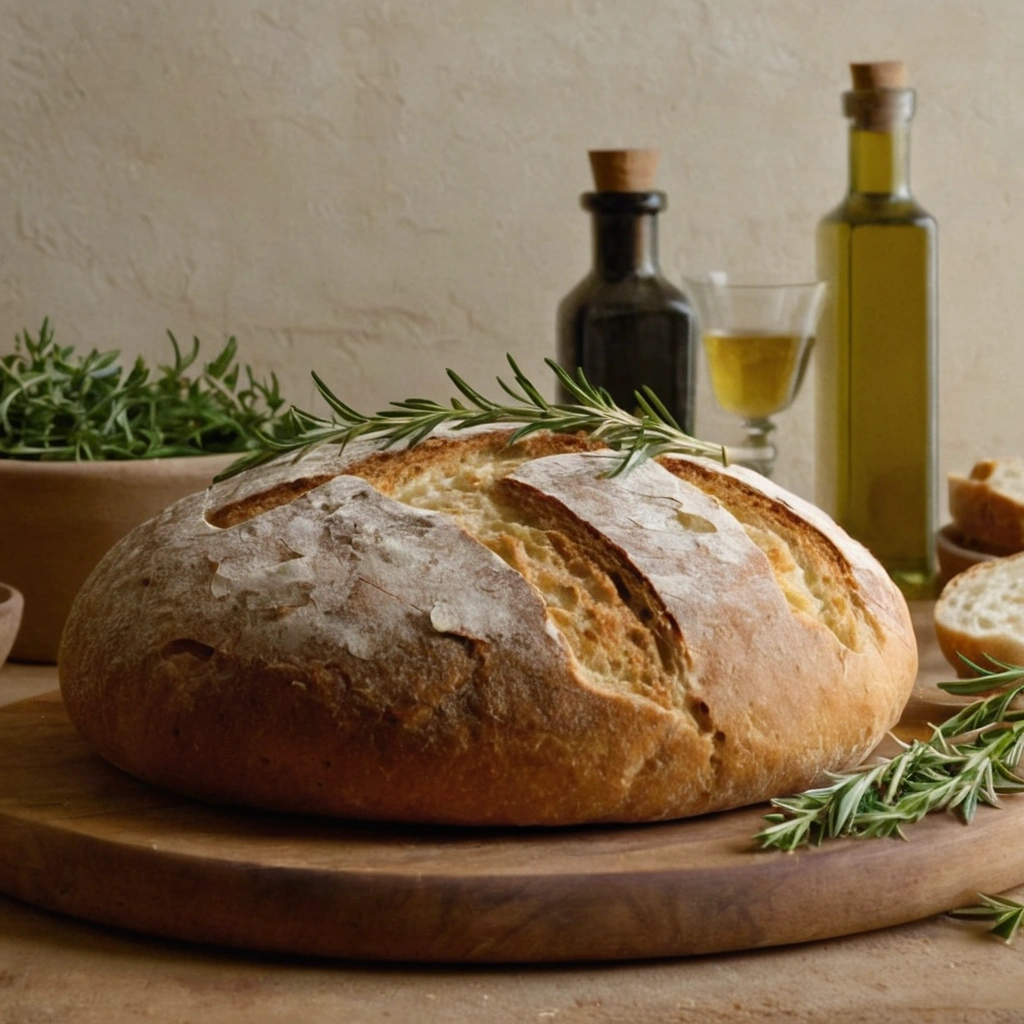
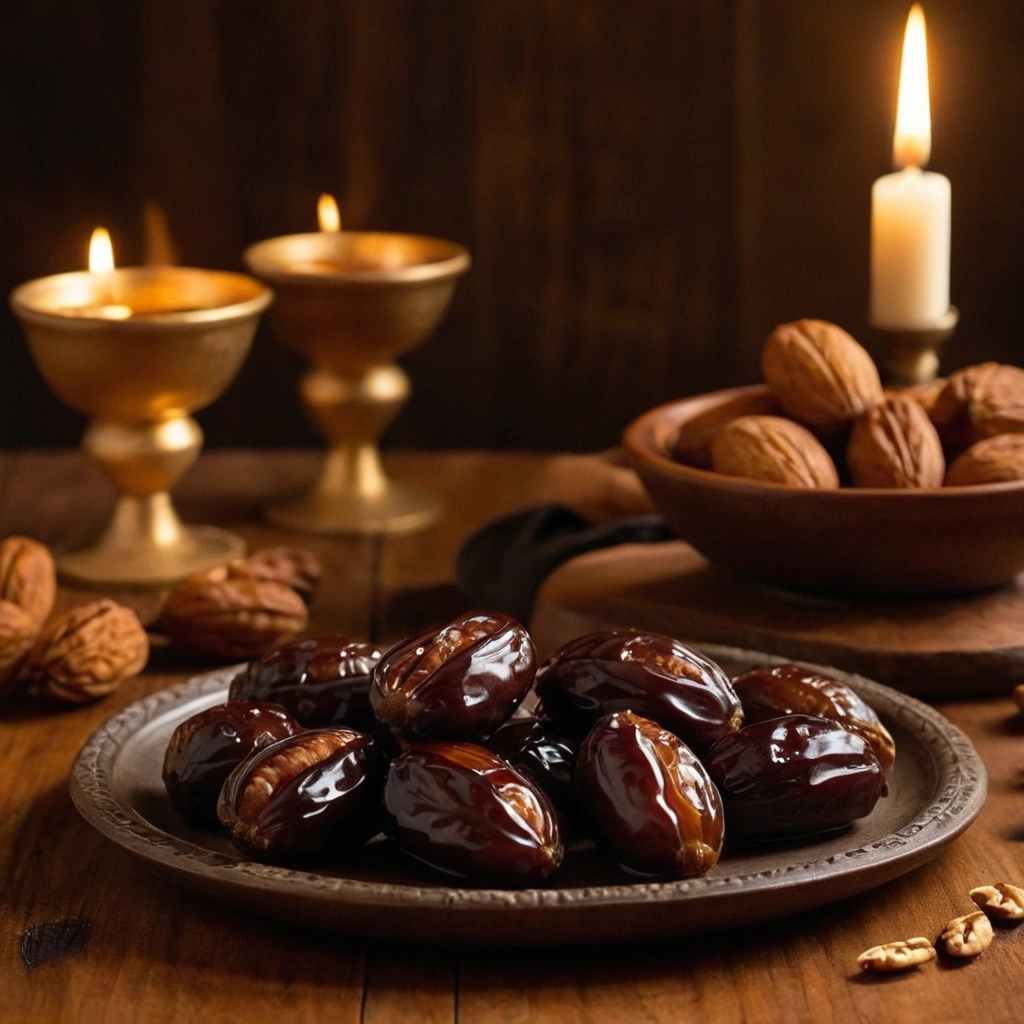
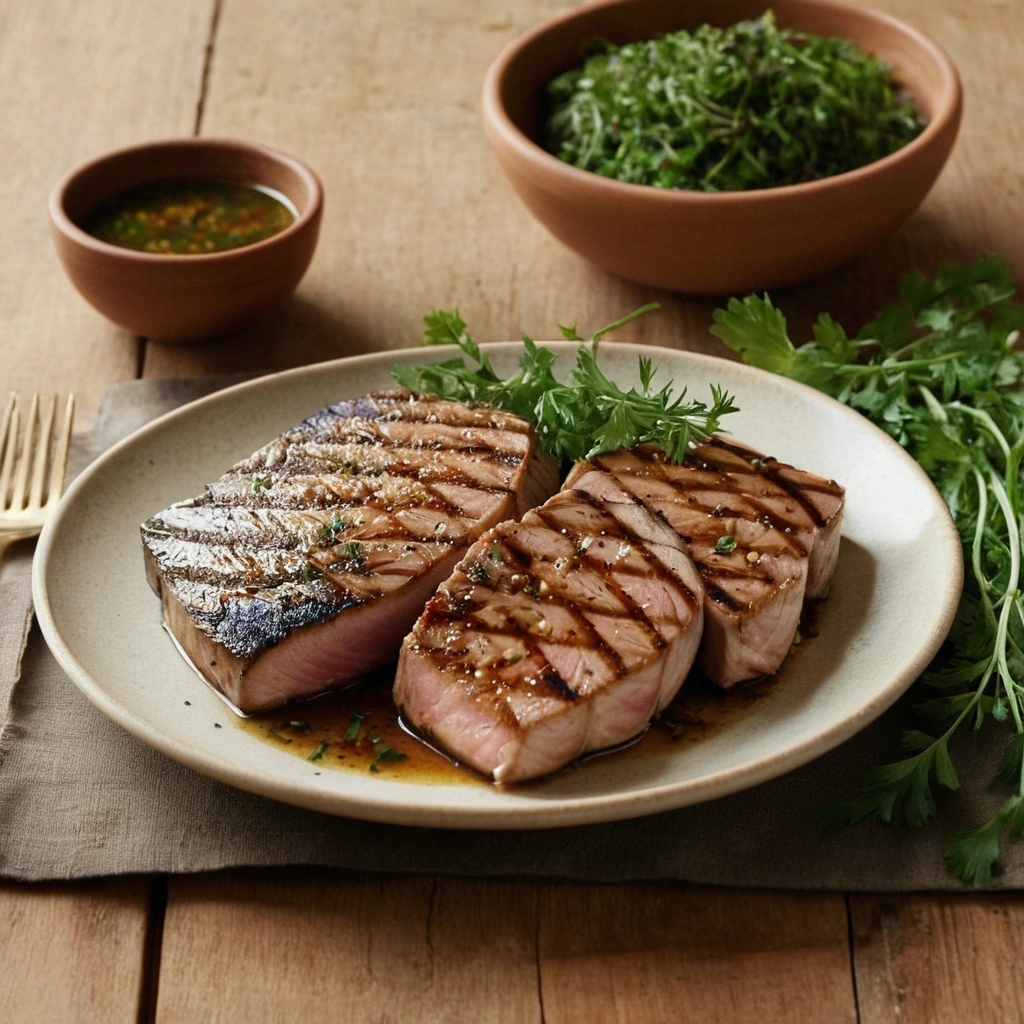
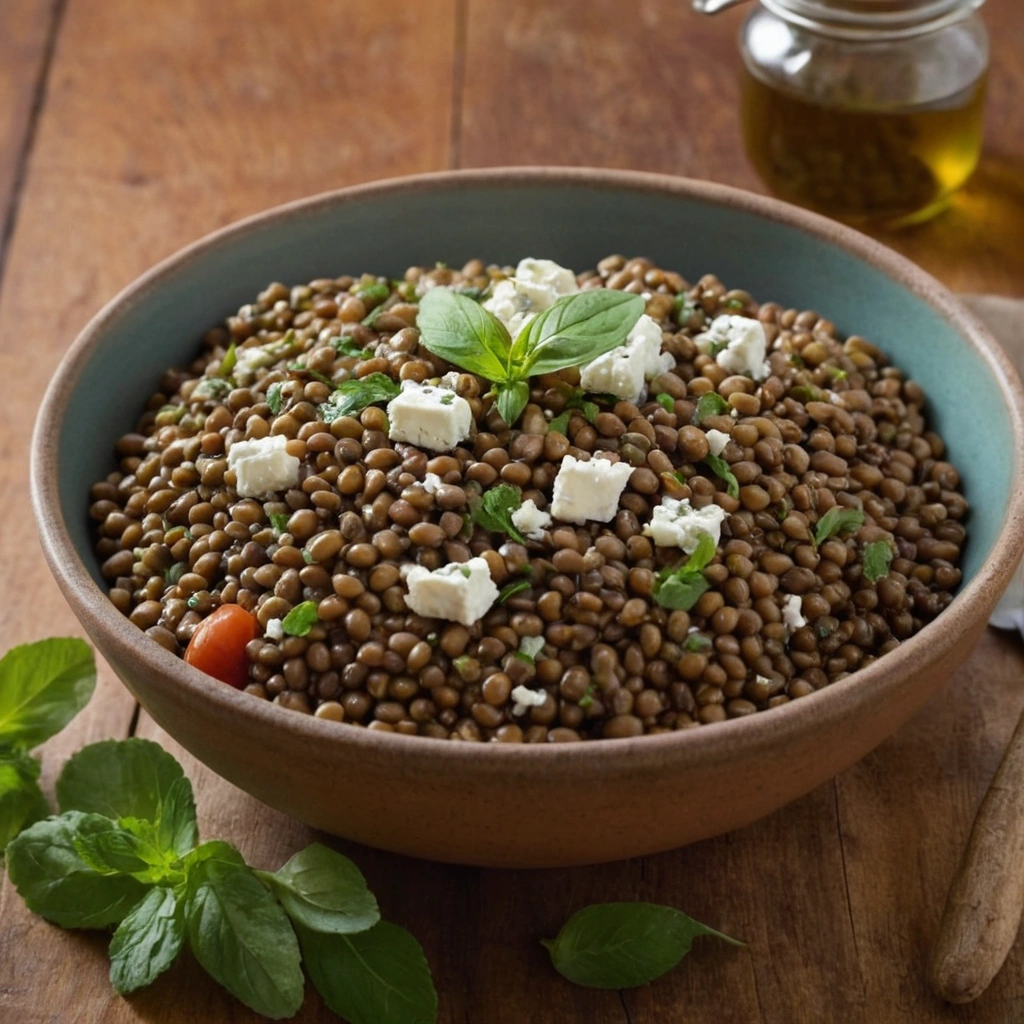
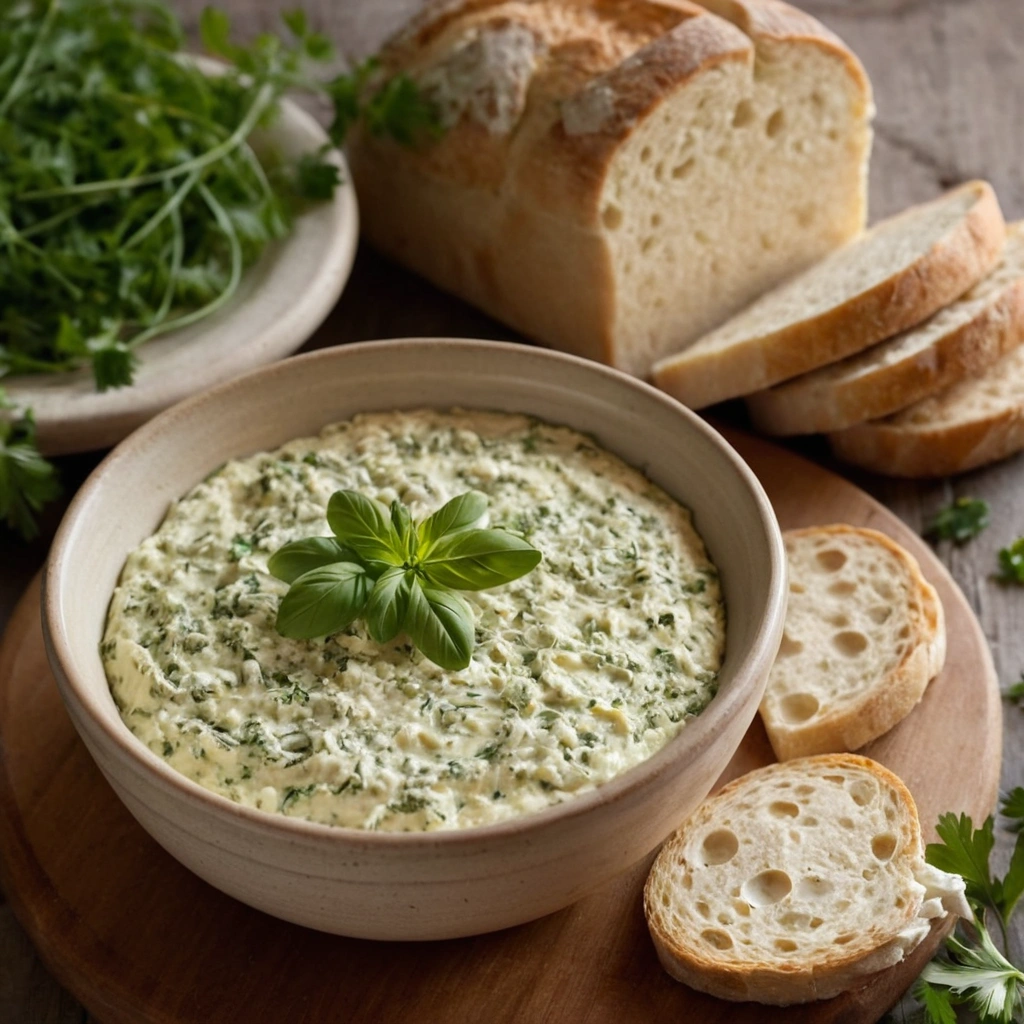
Frequently Asked Questions (FAQ) about Ancient Roman Lunch Recipes
1. What is garum, and can I use a substitute in ancient Roman lunch recipes?
Garum is a fermented fish sauce that was a staple in Roman cooking. It adds a rich umami flavor to dishes like sauces, meats, and salads. If you can’t find garum, fish sauce is a suitable modern alternative, as it provides a similar depth of flavor.
2. Are ancient Roman lunch recipes difficult to prepare?
Not at all! Many ancient Roman lunch recipes are simple, relying on ingredients like bread, cheese, fruit, and herbs that are easy to find. The most important thing is to embrace the rustic and wholesome nature of the meals, focusing on fresh, high-quality ingredients.
3. Can I make ancient Roman lunch recipes vegan?
Absolutely! Many Roman dishes are plant-based, especially those that focus on grains, legumes, and fruits. For example, the Roman lentil salad with mint and vinegar is already vegan, and you can easily substitute dairy ingredients in other recipes.
4. How can I make ancient Roman lunch recipes more modern?
If you want to give your ancient Roman lunch recipes a contemporary twist, consider using modern cooking techniques such as roasting or grilling instead of boiling or stewing. You can also experiment with local or seasonal ingredients that might be different from those available in Ancient Rome but still complement the original flavors.
5. Where can I find more ancient Roman lunch recipes to try?
Historical texts like Apicius or cookbooks inspired by Roman cuisine are great resources. There are also many food bloggers and culinary experts who specialize in ancient cooking and provide adapted recipes for modern kitchens.
Conclusion: Enjoy the Taste of History with Ancient Roman Lunch Recipes
Exploring ancient Roman lunch recipes is more than just about food—it’s about experiencing a part of history through your senses. Whether you’re savoring a rich moretum cheese spread, tearing into rustic panis bread, or indulging in sweet dates with honey, each dish brings you closer to the ancient Mediterranean world.
These recipes are easy to make, offer a unique culinary experience, and provide an exciting way to immerse yourself in Roman history from the comfort of your own kitchen. So, the next time you’re looking for something new and adventurous to cook, why not try these simple and historic ancient Roman lunch recipes?

